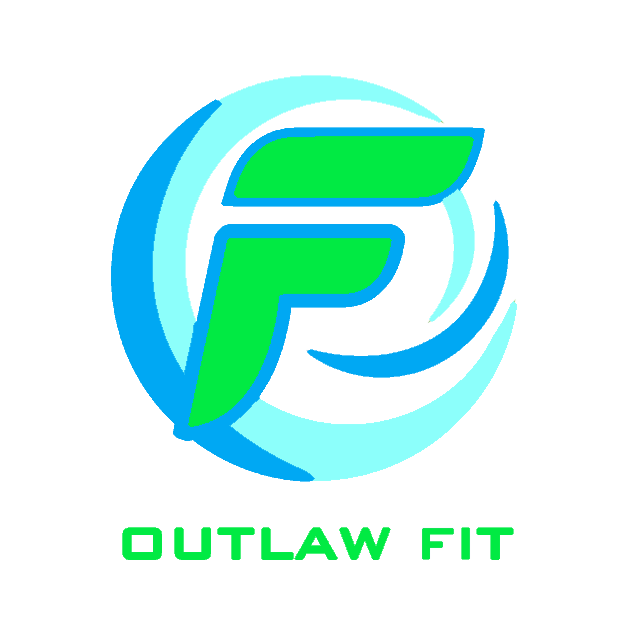Functional Movement and Your Goals
What does “Functional Movement” have to do with you achieving your fitness goals?
Guest Post by: Michael Anders
Head Trainer Shape Up Fitness & Wellness Consulting Inc.
Website: http://www.charlottepersonaltrainer.org
Most of our clients, like most people, would like to lose weight, tone, shed fat, gain muscle mass, prepare for a race and so on. In the last couple of years it has become more and more important for us to separate ourselves from the big box gyms filled with meat heads and weekend warriors.
Our goal was to give our clients a truelly personalized training program that not only gets them totheir goals, but also gets them there safely while over-delivering. Most of our clients are between 40-60 and have some sort of ailment, the most common being lower back pain.
We start by assessing our client’s posture and movement patterns to check for weak links in their kinetic chain. Sometimes the weak areas are based on muscle underdevelopment, but in actuality the muscles are strong however it is the movement pattern that is “off”. When someone’s movement pattern is off, they are not able to activate the right muscles in the right sequence and all the core work and strength training does nothing to fix it (since strength was never the issue, it was activating the muscles at the right time, or simply dysfunctional movement patterns). Dysfunctional movement patterns lead to higher risk of injury and higher incidence of pain.
Often clients come to us after previously getting injured while working with another personal trainer. We don’t mind getting new clients, but we would rather have people not getting injured in the first place. Through assessing our client’s fitness goals and their functional movement capacities, we are able to keep our clients healthier and have them achieve their goals faster.
Our initial consultations allow us to find muscle imbalances so that we can incorporate certain exercises to correct those imbalances in each client’s program. We don’t do magic, we are not doctor’s, but we understand human movement and how to perfect human movement.
Find a personal trainer or coach that you trust, ask them to observe your basic movement patterns, squatting, bending, walking, lunging, pressing, and pulling. A trusted professional should be able to analyze your basic movement patterns and advise you accordingly on how to correct your imbalances with specific corrective exercises.
You will be able to incorporate your corrective exercises in your warm up, cool down, and/or even your actual workout to prevent injuries, improve your performance, and alleviate pain. Avoiding and minimizing the risk of injury is one hundred percent necessary to be successful in achieving your goals!!
One common low back injury occurs when there is too much flexion in your lower back while squatting. Once you injure your back, you cannot workout anymore, and might fall back on “frustration eating”. As a result: the pounds stay on.
Another common movement dysfunction we see is when a client is unable to stabilize their shoulder blades while bench pressing or doing push-ups. Lack of scapular/shoulder blade stability increases the probability of impingement of the shoulder. A shoulder impingement would prevent you from swimming in any triathlon for at least a year, even with the best physical therapists! If you are of sound mind, here is what you can do to minimize you risk and prevent most injuries:
- Find a trusted personal trainer or coach and ask them to check your basic movement patterns and core stabilization.
- Raleigh, NC residents will benefit from contacting Nick as an experienced Personal Trainers.
- Have your trainer prescribe specific corrective exercises into your training while continuing to work on your personal fitness goals.
- Adhere to the prescription your professional provides specifically for you. If your health and fitness goals are truelly important to you, then take some responsibility for your own health and follow the professional guidance.
- Have the trainer reassess your movement patterns every 6-8 weeks and make changes to your training if necessary.
- Enjoy your training ☺
I hope this was helpful to all readers. Feel free to contact me atMichael@charlottepersonaltrainer.org with questions.
Enjoy your training and make your goals happen!
Michael Anders
